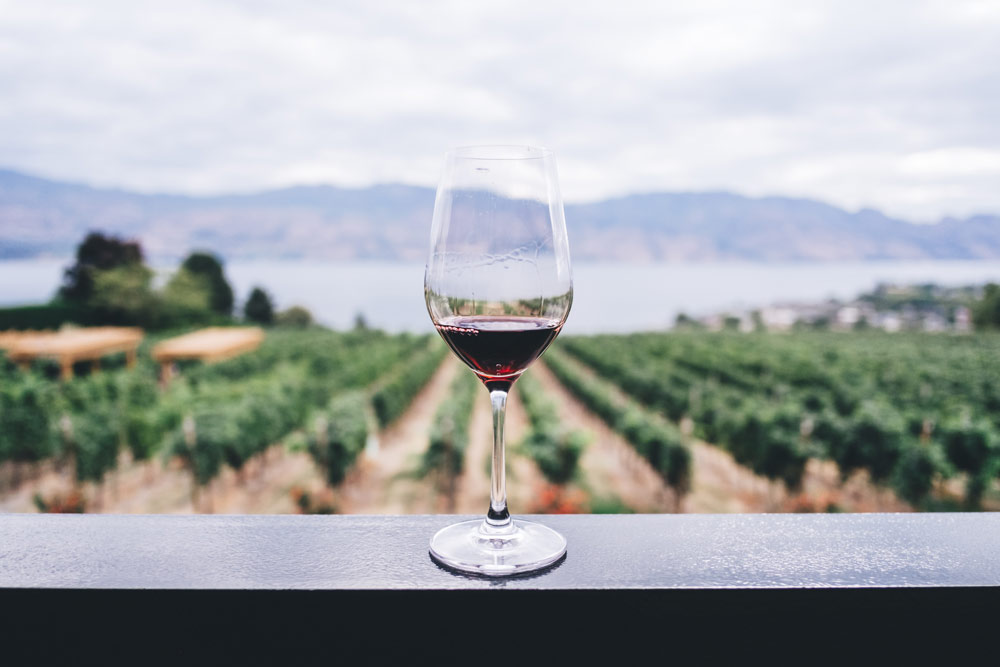
Who else to watch out for in the wine industry
Think “wine” and those classic regions come to mind such as Bordeaux, Burgundy, La Rioja and Tuscany. Or perhaps your mind makes a swing towards those “new world wines” – although now already established regions – including Napa Valley, South Africa’s Stellenbosch or Australia’s Borossa Valley. But it is a big world out there with plenty of terrain to cultivate, plenty of wine to be sampled and slowly but surely some intriguing old and new players in the wine industry are beginning to emerge.
Some producers who are new on the scene and others that have been cultivating wine for several millennia – you just didn’t meet them yet. From the sweeping plains of the Gobi Desert to the lush verdant valleys of Lebanon, we take a look at the ones that are causing ripples in the world of wine.


Ningxia, China
China has a long history of wine making, particularly in the Shandong province, where its roots stretch back to the 19th century Qing dynasty. While Shandong is certainly the largest producer of wine, the fast rising star is the internationally acclaimed wine produced in the unlikely arid desert province of Ningxia. Also known as China’s “Napa Valley”, the autonomous region is located 800km West of Beijing on the edge of Inner Mongolia and bordering the vast Gobi Desert.
Its mixture of Cabernet Sauvignon, Merlot, Pinot Noir grapes bask in just the right combination of sunlight and warmth, and the Yellow River running through it provides ample irrigation to the land. The area has also attracted big time investors such as LVMH (Louis Vuitton Moét Hennessy). Passionate Chinese wine producers learn their craft in the wine-rich regions of France such as Bordeaux and bring it back to China to apply their knowledge and technique.
Bekaa Valley, Lebanon
Lebanon is one of the oldest producers of wine in the world, dating back around 5000 years when the Phoenicians made and traded wine across Europe. Despite this longstanding history, Lebanese wines have taken their time to make it onto the mainstream map. The fertile Bekaa Valley provides just the right conditions for vines to grow, at an altitude of about 1000 metres above sea level. The vines experience a Mediterranean climate of dry summers, cool nights and sufficient rainfall.
Many popular French grapes are cultivated here including elegant blends using Cabernet Sauvignon, Syrah, Grenache, Merlot and Carignan as well as light and floral whites using Sauvignon Blancs and Muscats, Native grapes such as Menwah and Obaideh make rich and full bodied reds, with Chateau Musar being the stand out wine producer of the region — a must taste.
Moldova
Famous for its wine producing through the centuries (you just don’t know it yet), generations of winemakers have handcrafted wine on the fertile land of this tiny vineyard-dense country sandwiched between Ukraine and Romania. Resting on the same latitude as Bordeaux it boasts ideal conditions for wine production. Even the country itself is shaped like a bunch of grapes, so what else could it really have as its main industry?
The rich land hosts around one hundred and forty wineries and there are one hundred and twelve thousand hectares of vines planted with over thirty different grape varieties. Indigenous and international varieties are cultivated and traditional blending methods employed to produce a diverse range of sparkling Wines, reds and whites. It is also home to the world’s largest wine cellar (according to the Guinness Book of Records), Milestii Mici, which houses more than two million bottles within an underground lair of limestone galleries that stretch for hundreds of kilometers. A wine connoisseur’s dream.
The rich land hosts around one hundred and forty wineries and there are one hundred and twelve thousand hectares of vines planted with over thirty different grape varieties.
Britain
Britain, land of the pie, the pint and the packet of crisps, now has a flourishing Wine industry, producing some fine sparkling and white wines that are even giving some French wines a run for their money. There are around five hundred vineyards in England and Wales covering upwards of four thousand five hundred acres, and it turns out that England and Wales’ damp, cool conditions, coupled with the now warmer summers (thanks to climate changes) have created the ideal conditions for enabling grapes such as chardonnay and pinot noir to grow. Britain’s sparkling wine has even gone on to scoop various prestigious international awards and recently has regularly beaten Champagne in blind tastings.
Sicily
Sicily has always been a popular holiday destination, but its wine production has remained under the radar for more than five millennia.
That is all starting to change of late With a new generation of wine producers that have moved away from the former uninspiring mass produced wine Sicily was unfortunately known for in the past, to focus more on indigenous grapevines that depict the island’s unique terrain, blessed with year round sunshine and moderate rainfall. The fact that the land is so diverse means that the wines all have a distinct quality and note. The most interesting wine producing areas can be found in Vittoria, Noto, Faro and the fertile volcanic slopes of Mount Etna.
Tasmania
The foundations of Tasrnania’s wine making lay in the dust during the 13th century after several attempts to cultivate successful grapevines. Overshadowed by Australia’s Barossa Valley, this little known island and most southerly state of Australia has enjoyed significant investment of late, which has helped to put Tasmania back on the map, its cool climate allowing the perfect conditions for the grapes to develop slowly. Its diverse terrain dominated by Chardonnay, Pinot Noir and Riesling undeniably make some of the best sparkling wines outside of Champagne itself, and its beautiful landscape makes it a pleasure for those indulging in some wine tourism.





